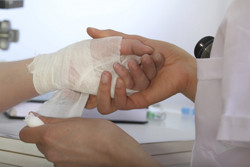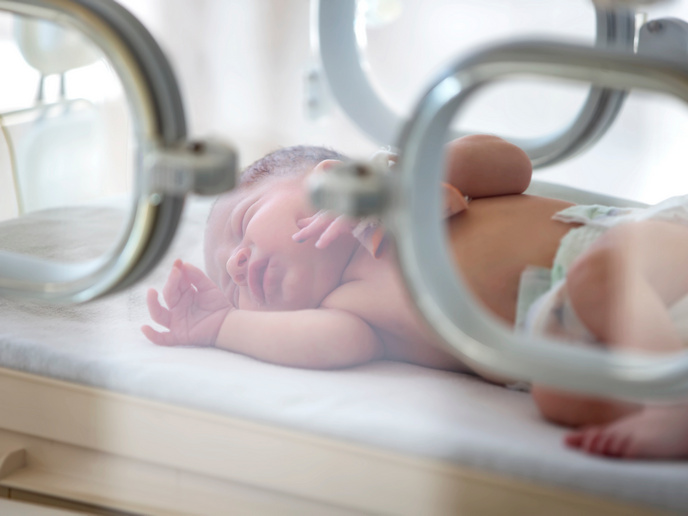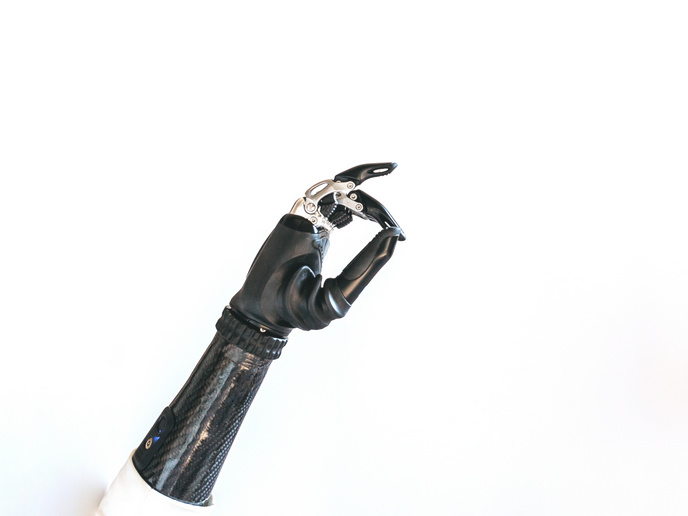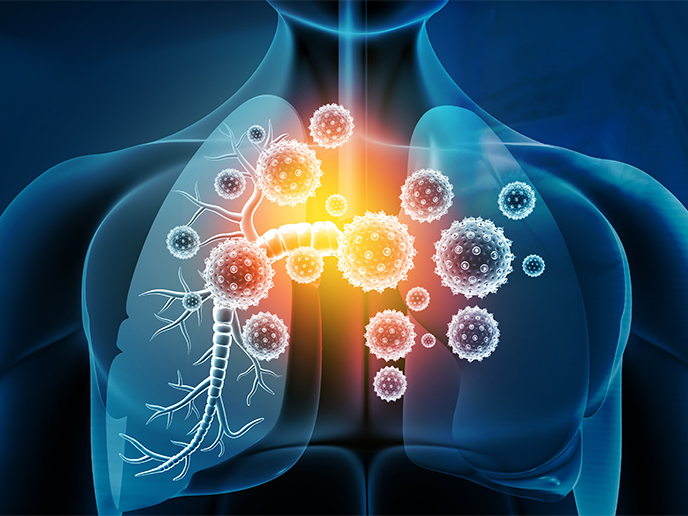Smart wound dressing fights infection
An exciting collaborative project BACTERIOSAFE (Active wound dressings based on biological mimicry) was recently completed by ten European partners and one Australian partner. The project developed responsive biocomposite materials that can potentially revolutionise burn treatment. In an infected wound, bacteria attack healthy cells by rupturing the outer cell wall through secreted protein toxins and enzymes. Scientists used the natural behaviour of bacterial pathogens to rupture biomimetic polymer nanocapsules and release antimicrobials and colorimetric signalling molecules. In other words, this novel dressing uses the pathogenic factors to liberate antimicrobials and indicating molecules from surface-immobilised nanocapsules. Thus, the nanocapsules provide a simple optical indicator of bacterial infection in burn wounds while killing any infection. BACTERIOSAFE developed different types of nanocapsules and nanoparticles including phospholipid – fatty acid vesicles, amphiphilic block copolymer systems, mini-emulsion polymerised nanocapsules and hybrid nanocapsules. To immobilise the nanocapsules onto the non-woven materials, partners investigated various methods including plasma surface modification, deposition of "adhesive" thin films and surface-attached hydrogels. The biological performance of the nanocapsules, both immobilised and in suspension was evaluated in vitro using cell tissue cultures. The BACTERIOSAFE project developed over 400 variations of biomimetic nanocapsules and nanoparticles after changing chemical composition, capsule wall thickness and cargo. Successful immobilisation processes included aerosol spraying, ink jet printing, dip coating, electrostatic attachment and embedding in hydrogel layers. Microbiological tests detected minimum Inhibitory concentrations of different antiseptics and hyaluronidase activity of clinical isolates of bacteria. Toxicity tests investigated the effect of inflammatory marker expression in endothelial cells and determined endotoxin residues. Extensive efforts went into optimising the stability of the nanocapsules. As a result, several optimised nanocapsule systems validated in a simulated wound environment are now available. The final prototype already shows the potential of a wound dressing releasing fluorescent indicator along with antimicrobial components when exposed to bacterial cytolytic factors.
Keywords
Wound, dressing, burn, antimicrobial, colorimetric, nanoparticle







